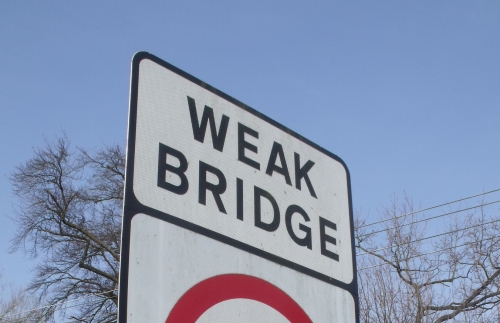 Frederic Towers began using the term “The Professional Portfolio System” in November 1982 for a computer-based portfolio valuation system.
Frederic Towers began using the term “The Professional Portfolio System” in November 1982 for a computer-based portfolio valuation system.
Advent Software obtained a registration for the term “The Professional Portfolio” for computer programs used in the field of financial management. Advent first used the term in December 1983, more than one year after Towers’ first use.
Towers petitioned to cancel Advent’s trademark based on the similarities of the marks and the similarities of the goods, but lost.
Usually rights to use a mark go to the person or entity that first started using the mark in commerce. Here, Towers was first.
So why did he lose?
Because Towers’ mark was descriptive and therefore weak. This is the result in the case of Towers v. Advent Software, Inc., 913 F.2d 942 (Fed. Cir. 1990).
Descriptive Marks are Not Strong Initially
Not all trademarks are created with equal strength.
Descriptive marks are weak, at least initially. A mark is merely descriptive if it describes an ingredient, quality, characteristic, function, feature, purpose or use of the corresponding goods or services.
The court found that Tower’s mark was essentially the generic term “portfolio valuation system” with the addition of the word “professional.” The term “portfolio system” described what the Tower’s software was used for, e.g. to manage a portfolio. The absence of the term “valuation” from the mark did not prevent Tower’s mark from being descriptive.
And the word “professional” conveyed information immediately to the purchaser that the product possesses professional capabilities. Therefore, the mark described directly characteristics and features of the product.
The court found that Tower’s did not have superior rights in the mark even though Towers’ used his mark first.
Over time a trademark owner might be able to generate trademark rights in a descriptive mark, if the mark gains recognition (i.e. acquired distinctiveness or secondary meaning) with the purchasing public. But Towers did not show this.
Responding to a Cease and Desist: Your Mark Is Descriptive
Therefore, if a plaintiff demands you stop using your mark, and that plaintiff started using the mark before you, you might be able to defend by asserting that the plaintiff’s mark is descriptive and therefore weak.
Evaluating whether the mark is descriptive involves understanding the goods or services that the mark is used on, and comparing the elements of the mark to those goods or services to see if the elements of the mark describe an ingredient, quality, characteristic, function, feature, purpose or use of the corresponding goods or services.
It also involves determining how long the plaintiff has used its mark and whether the mark has gained recognition with the purchasing public as a source of the plaintiff’s goods/services.
See other posts in this How to Respond to a Trademark Cease and Desist series:
Photo credit to Elliott Brown under this creative commons license. The photo was modified from the original to crop in on “weak bridge.”